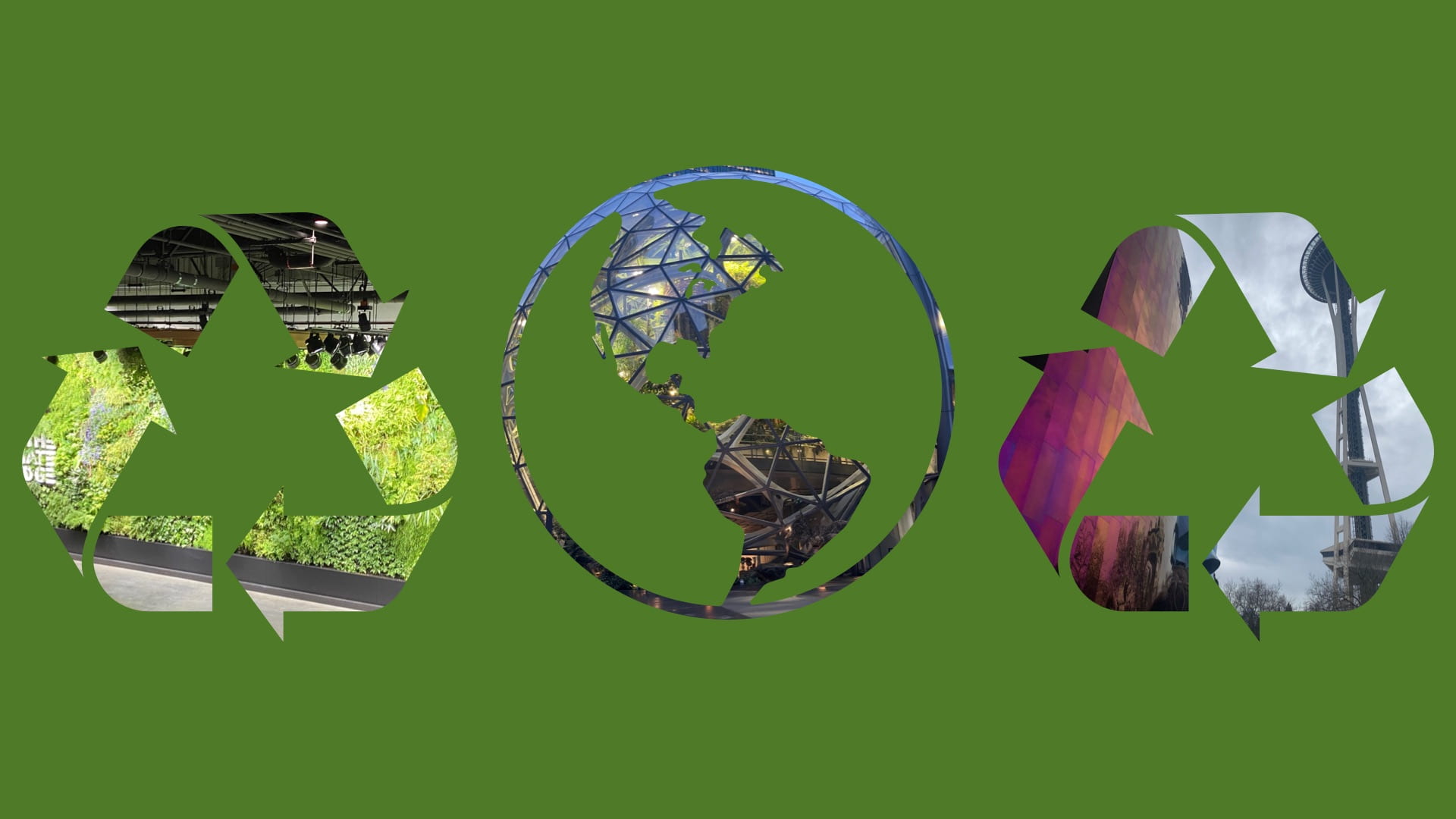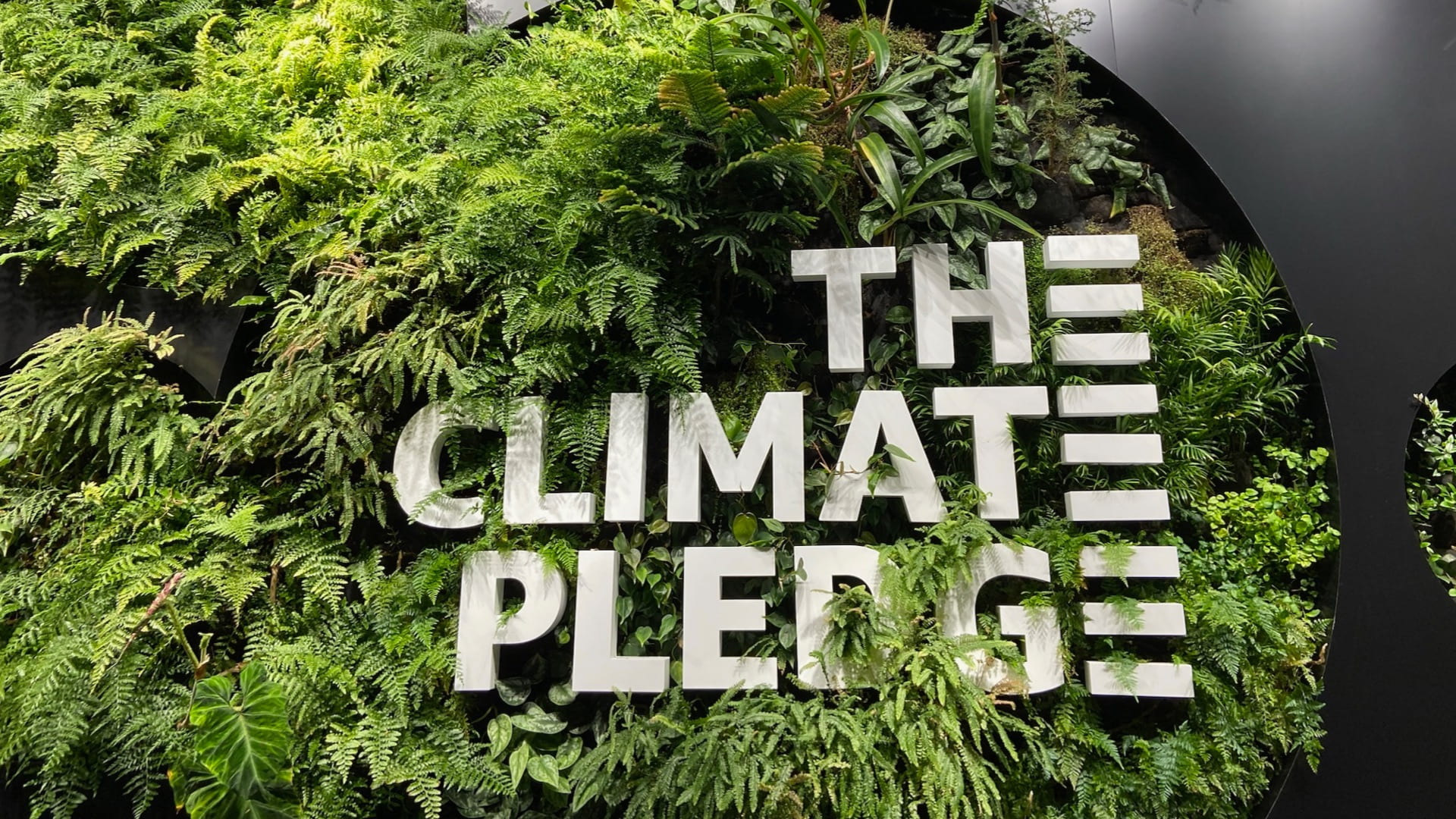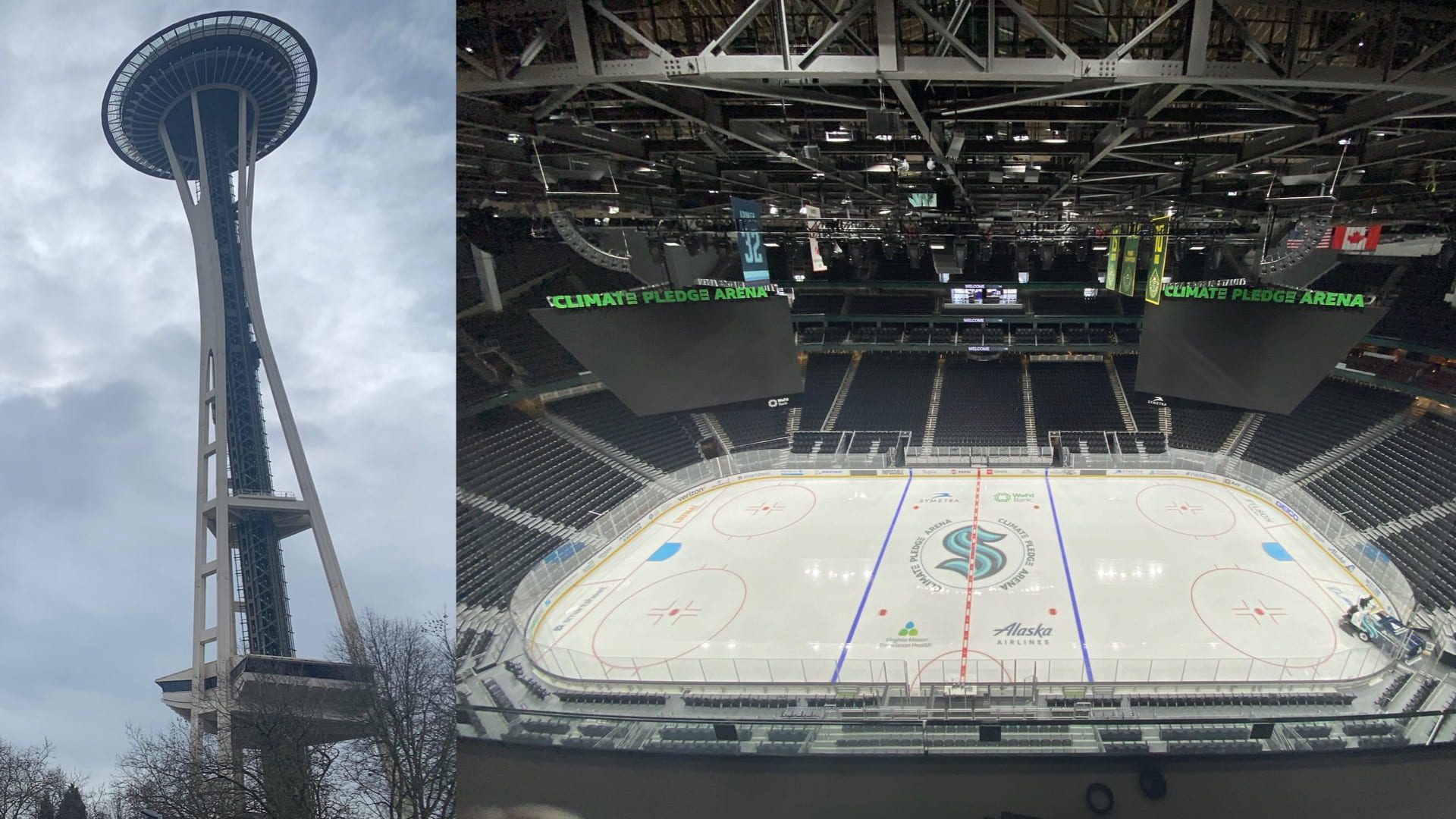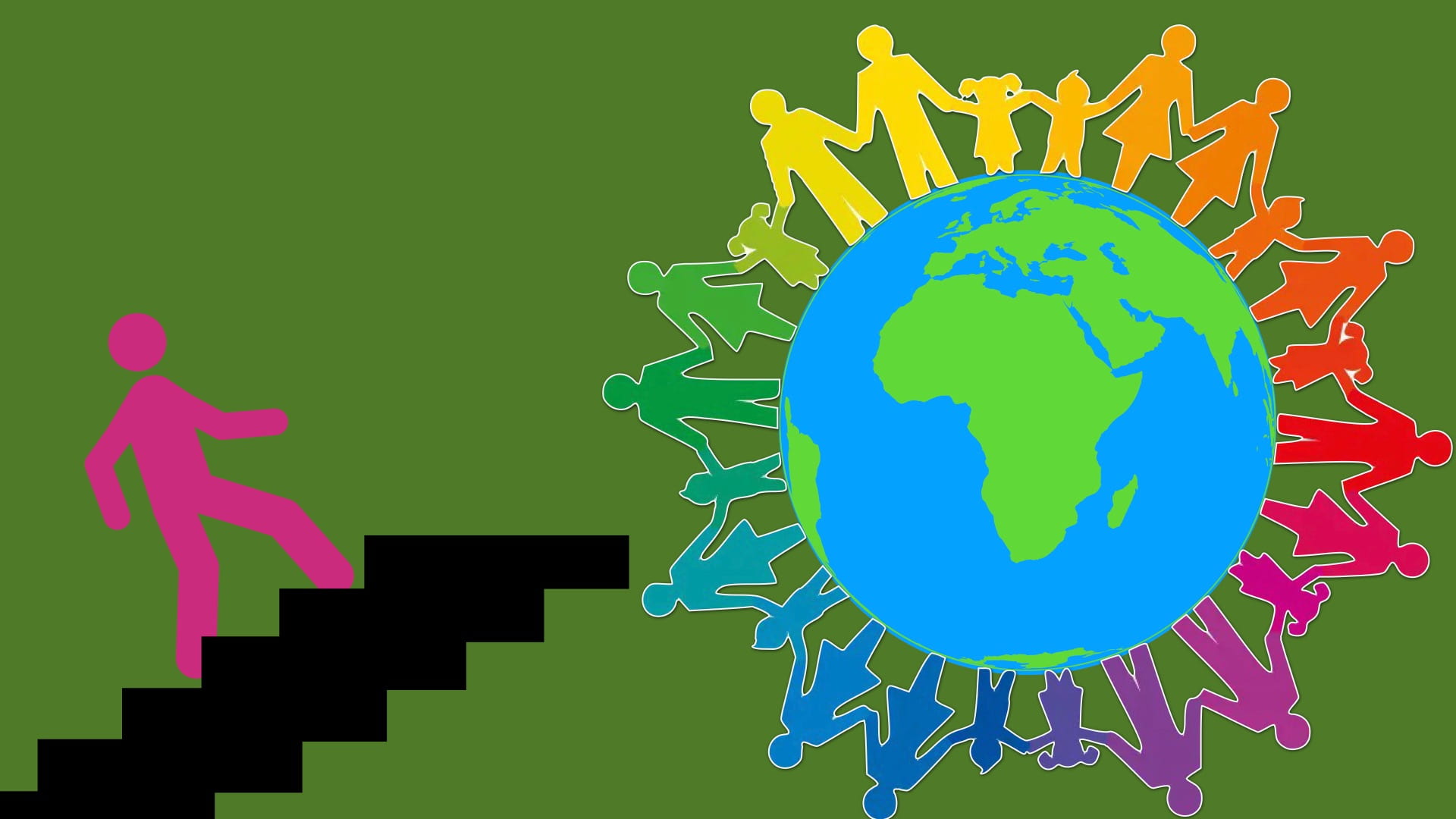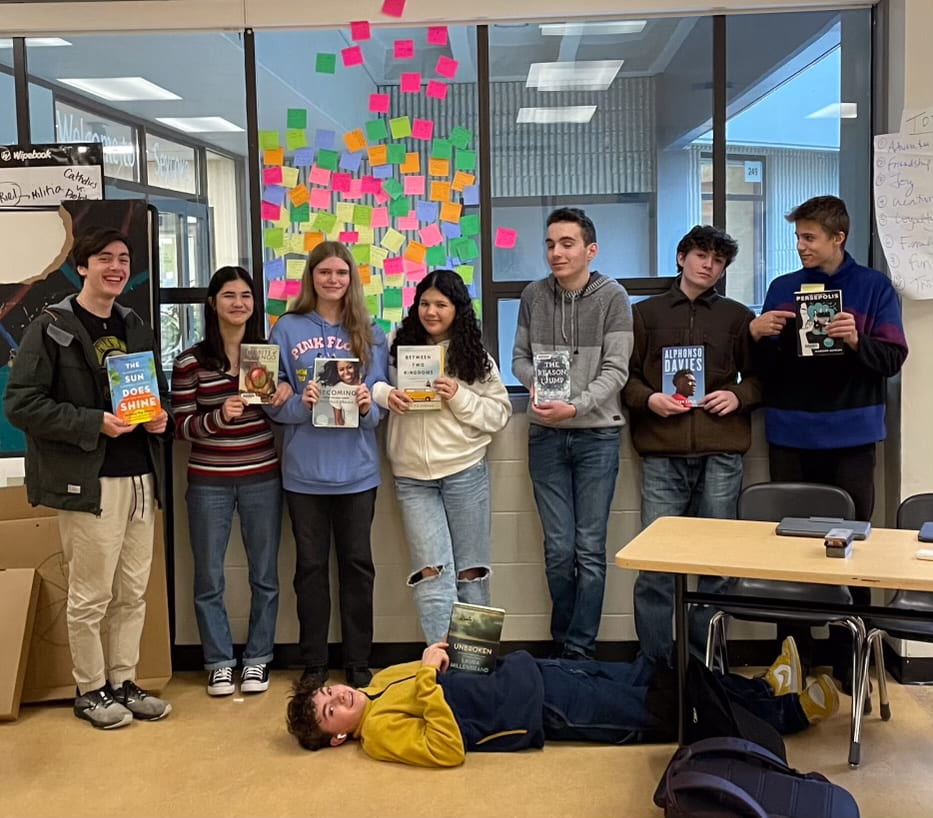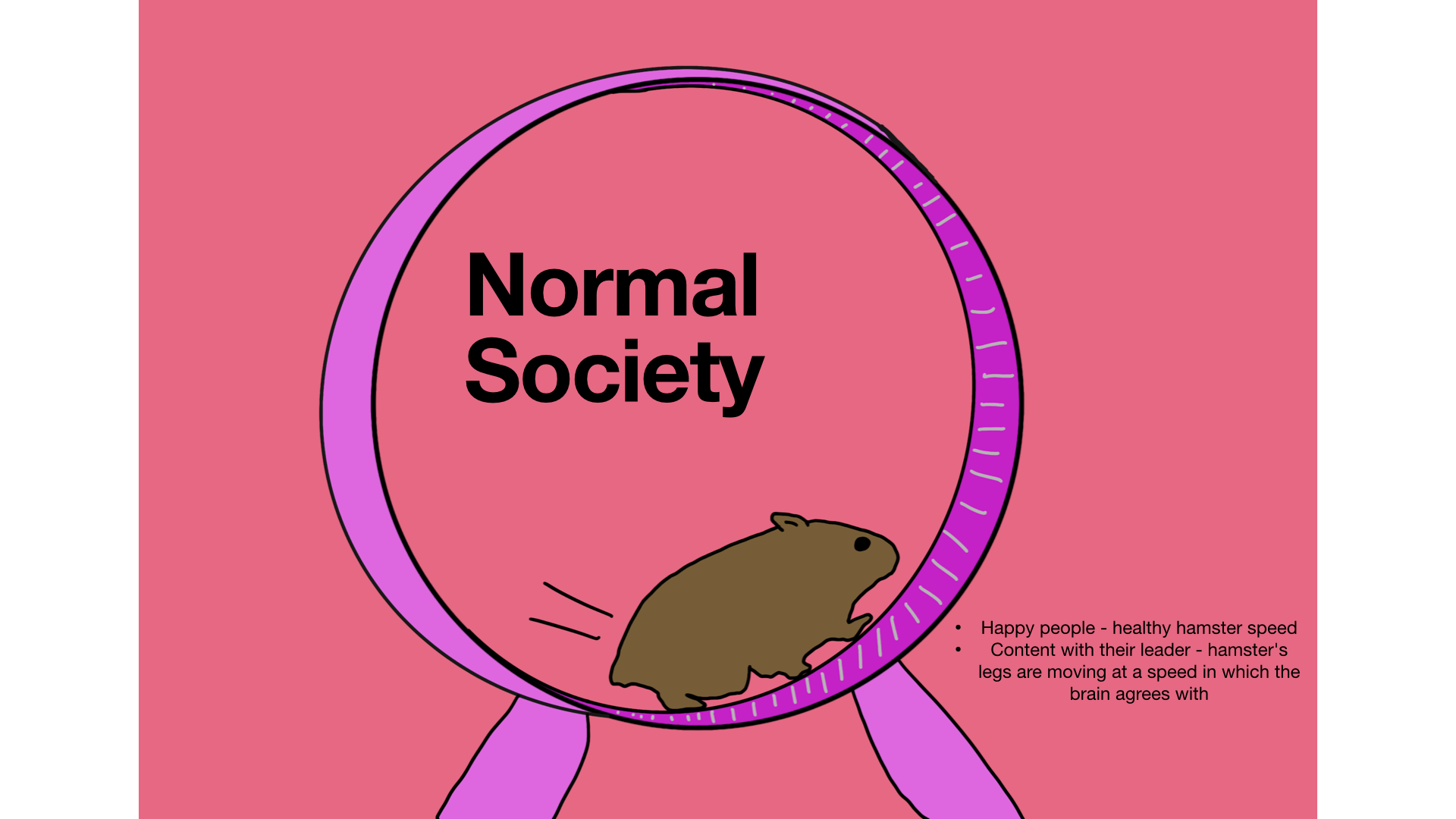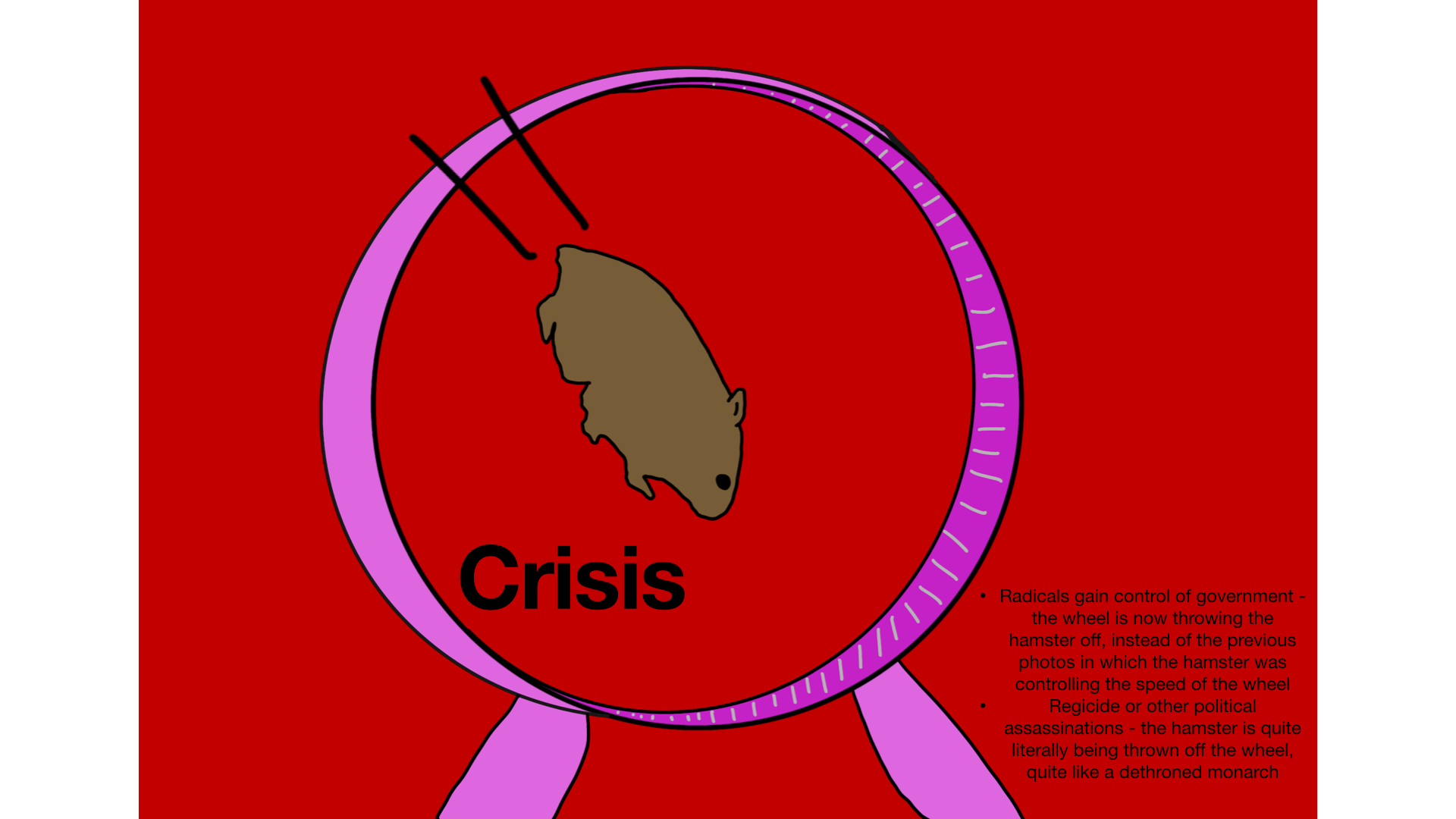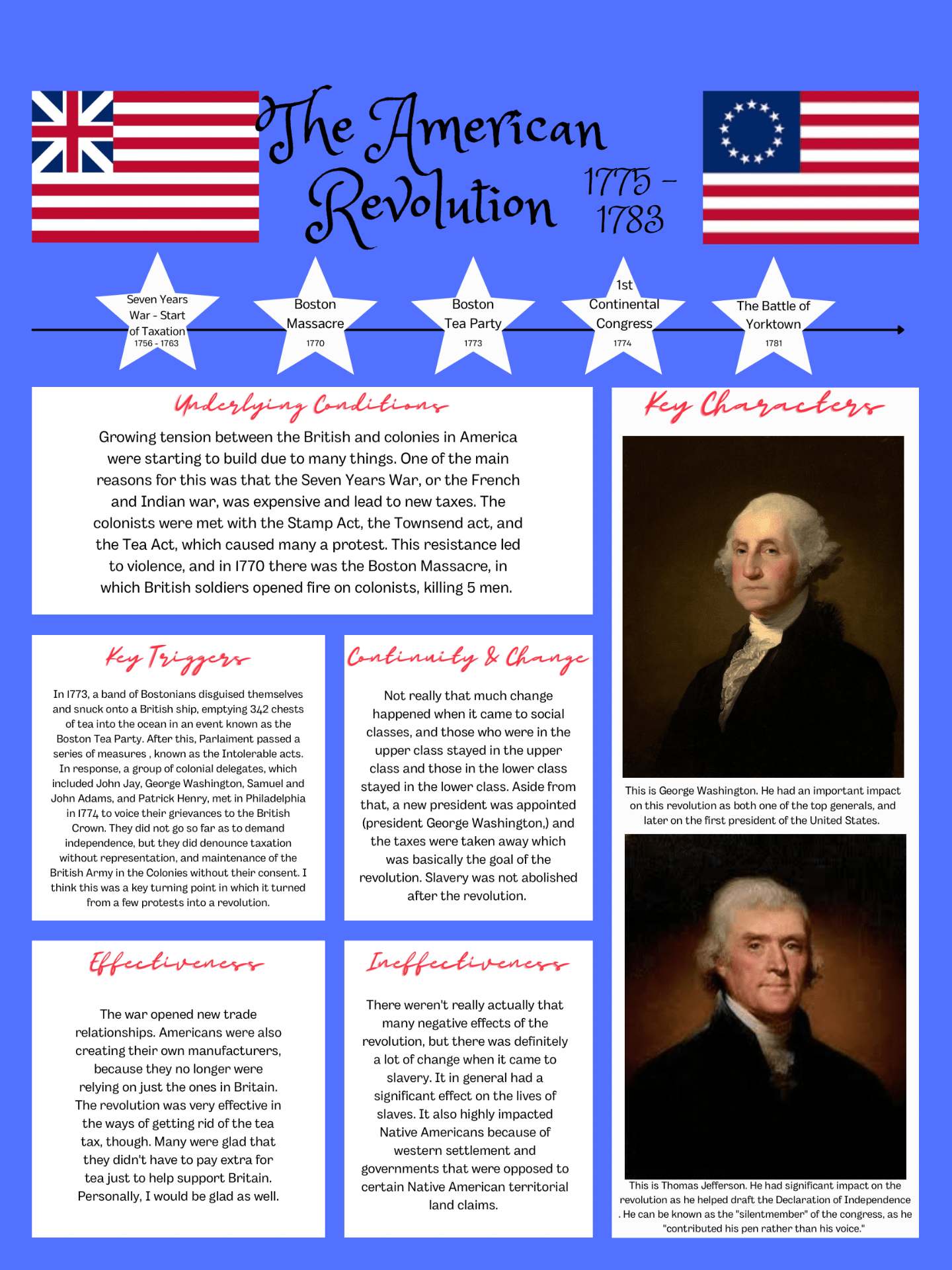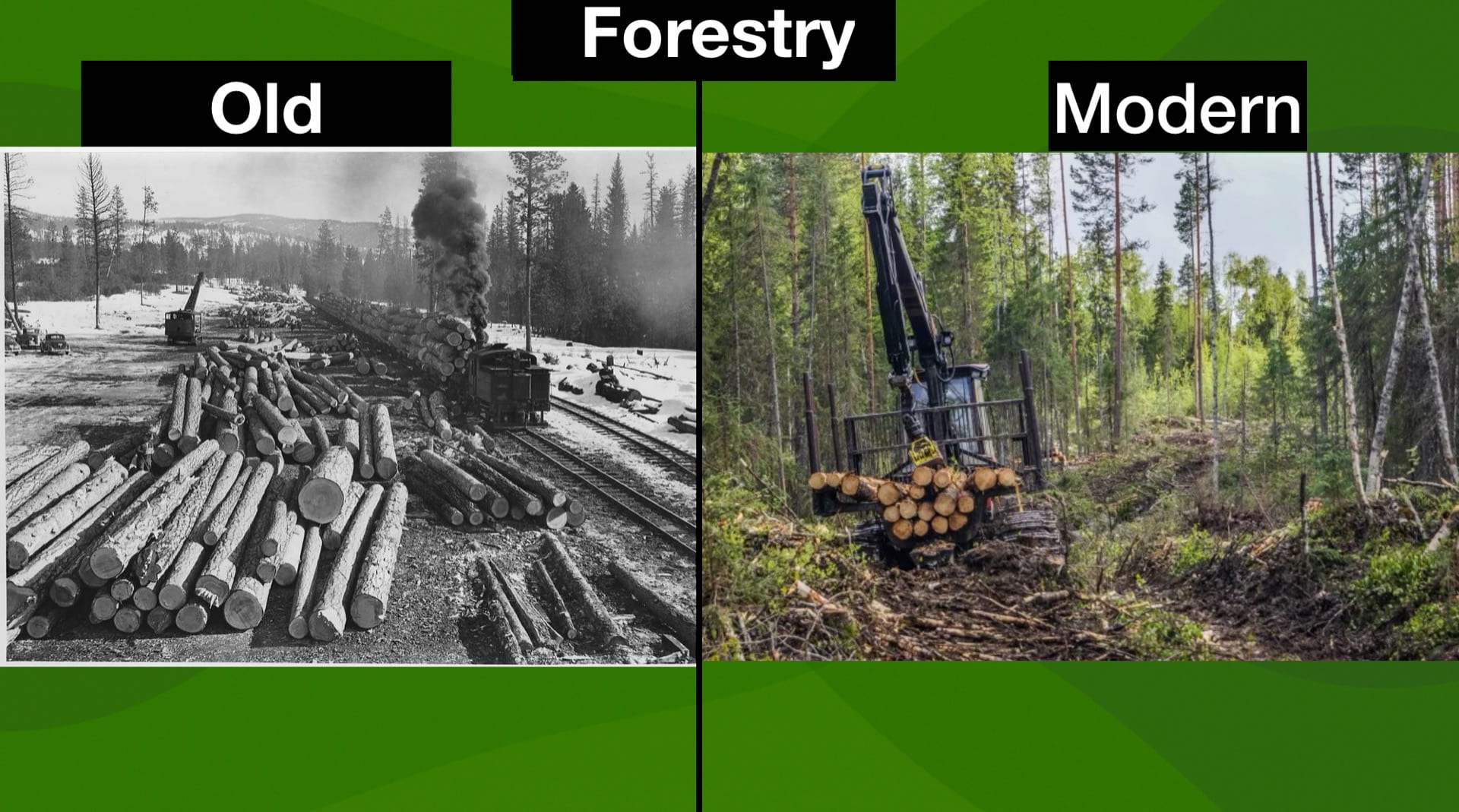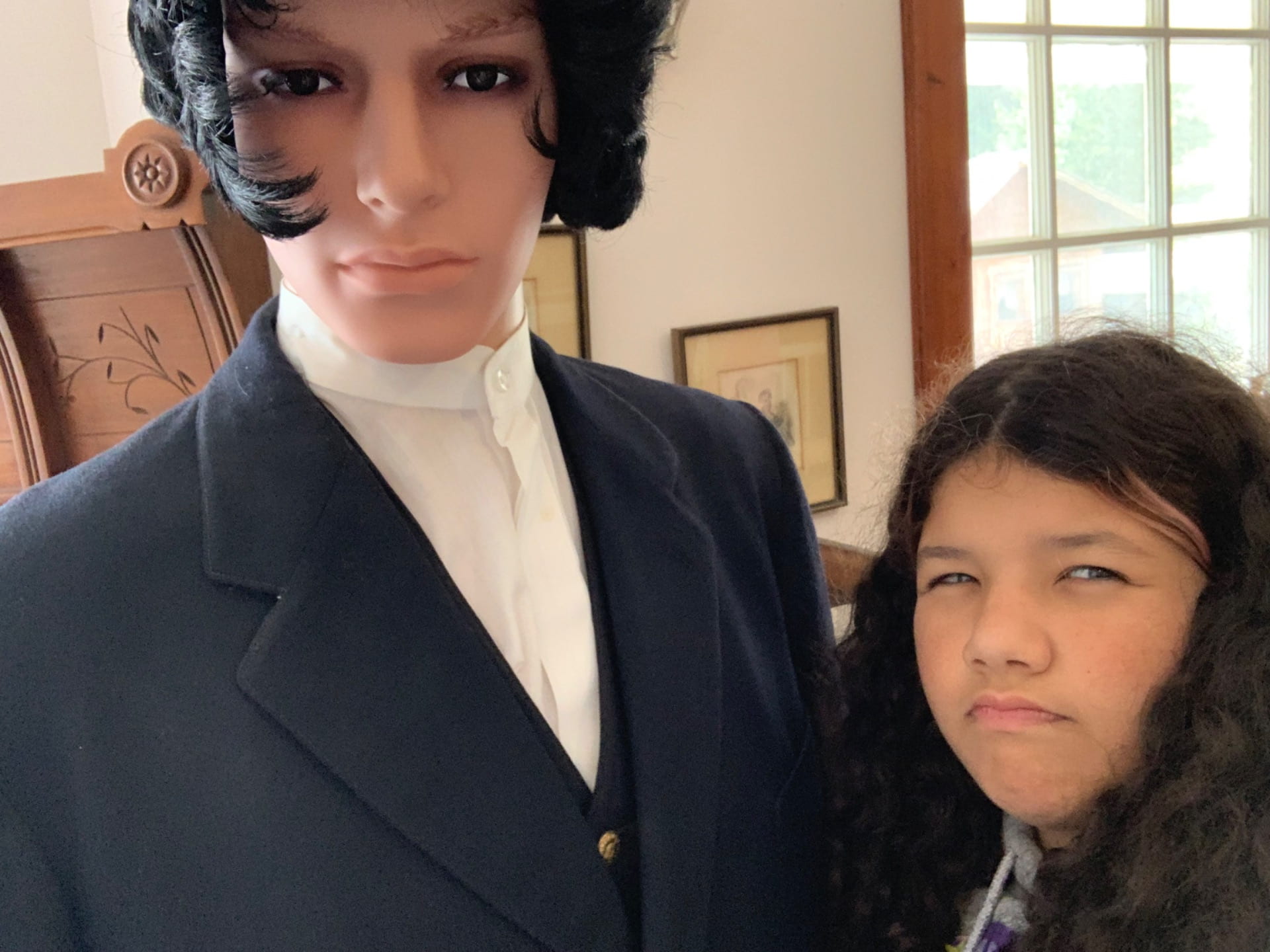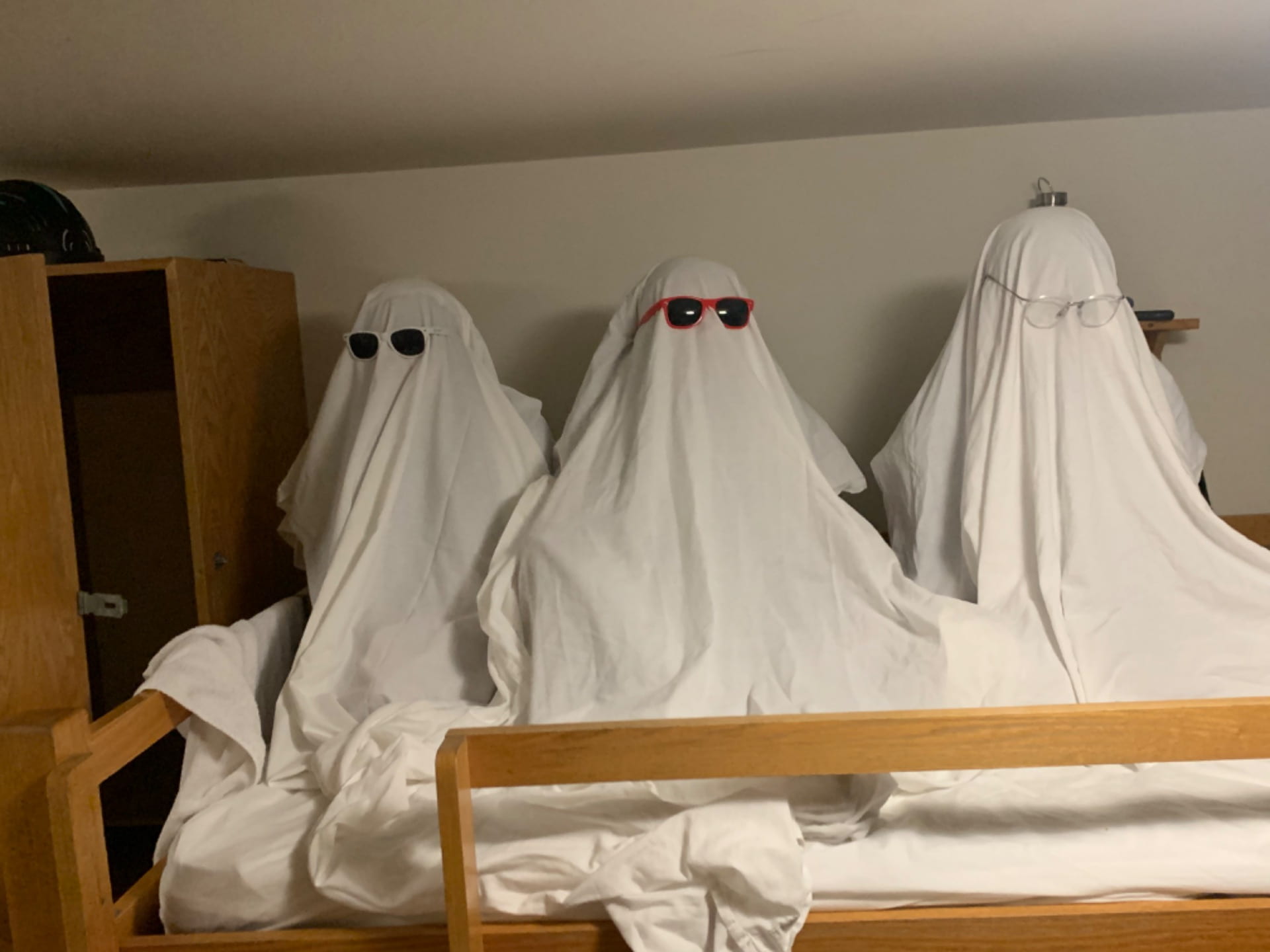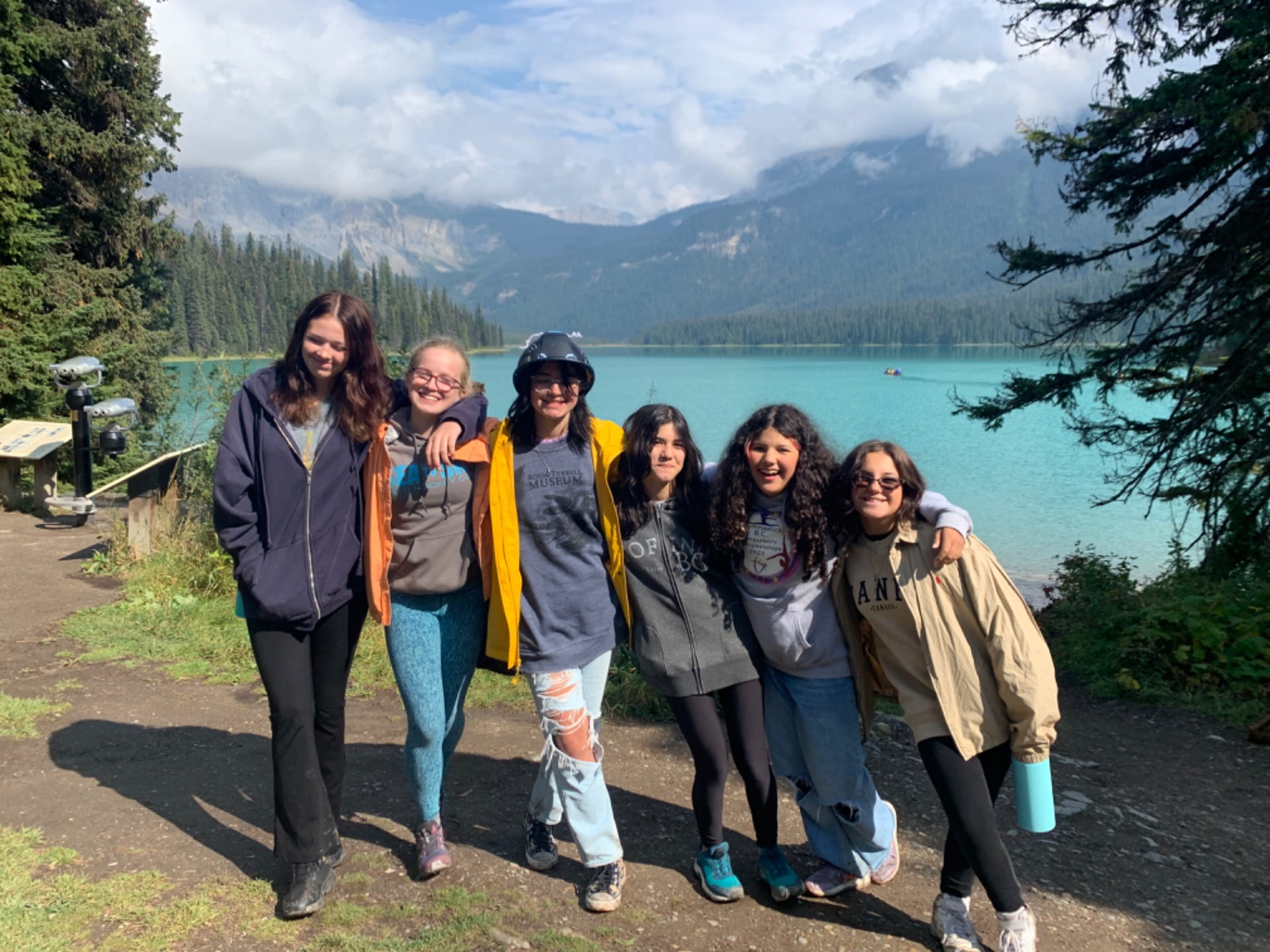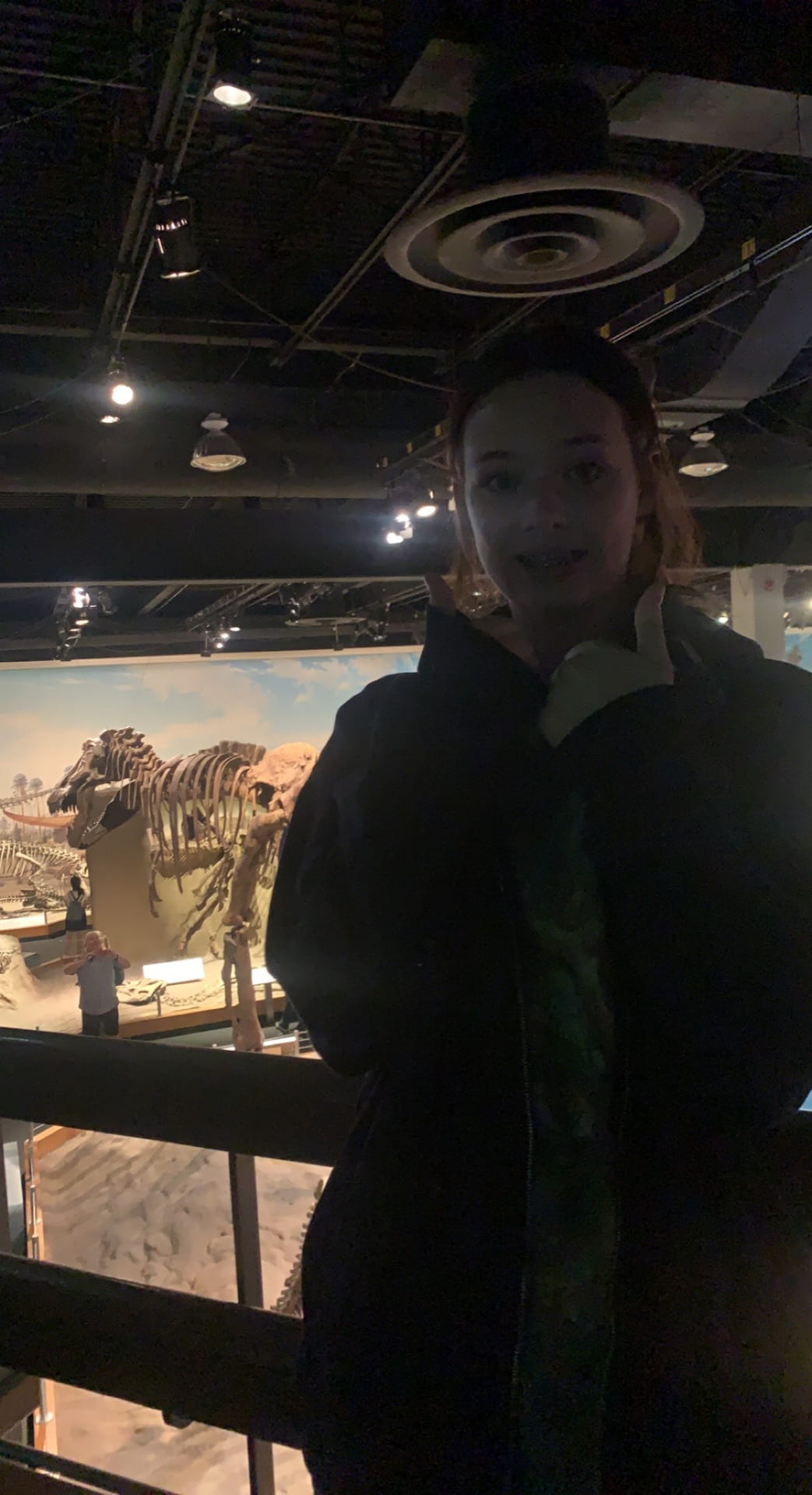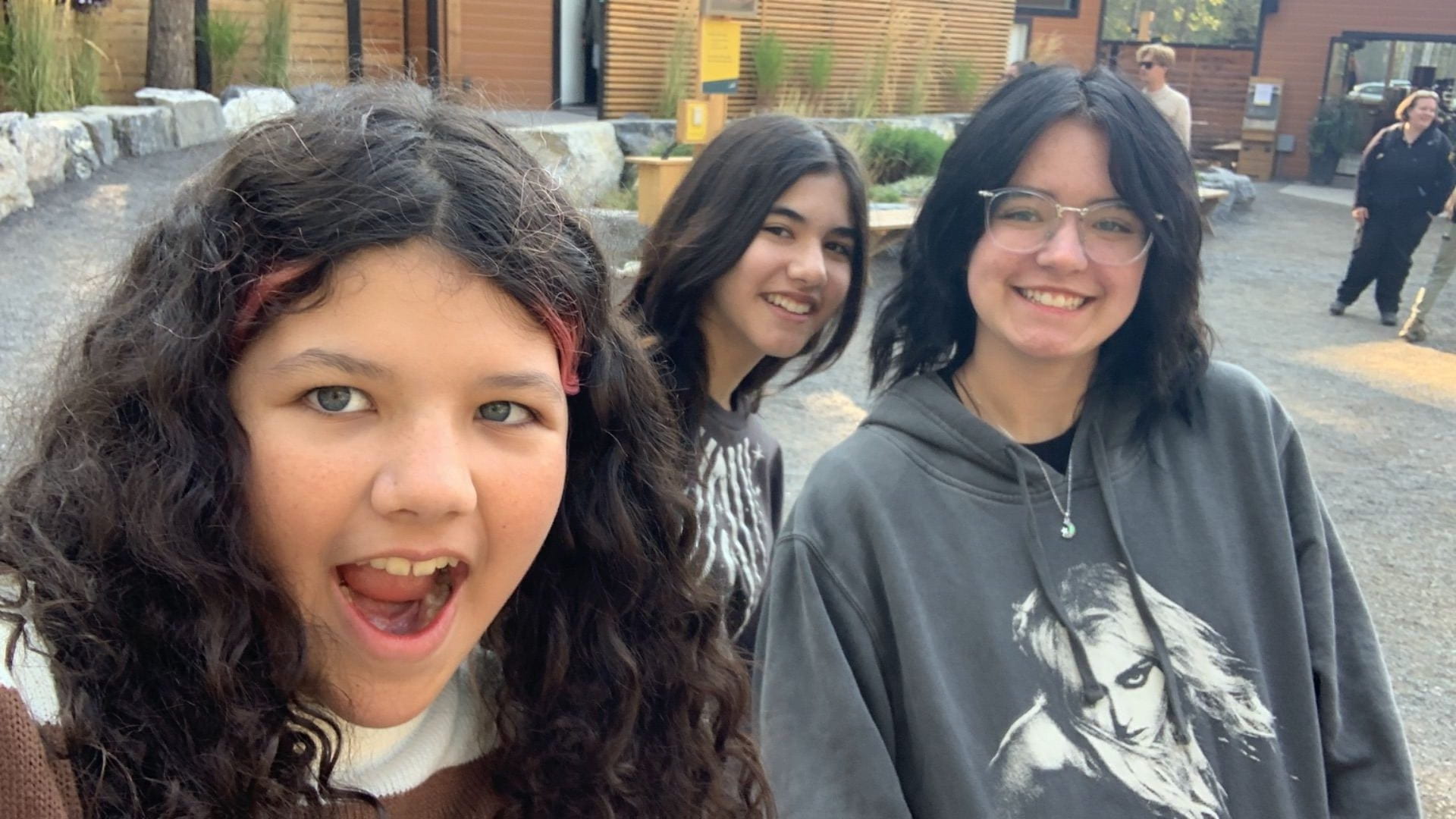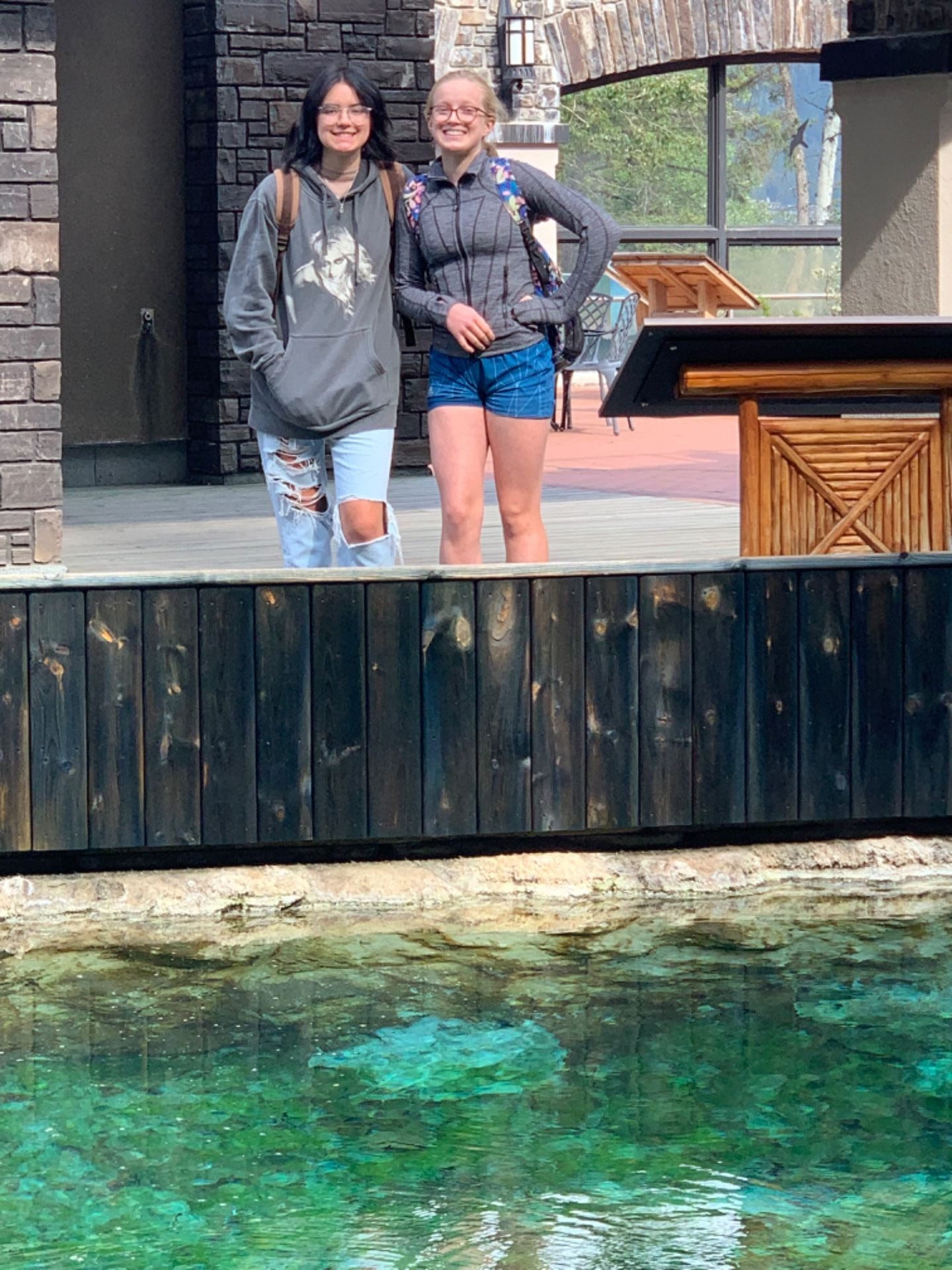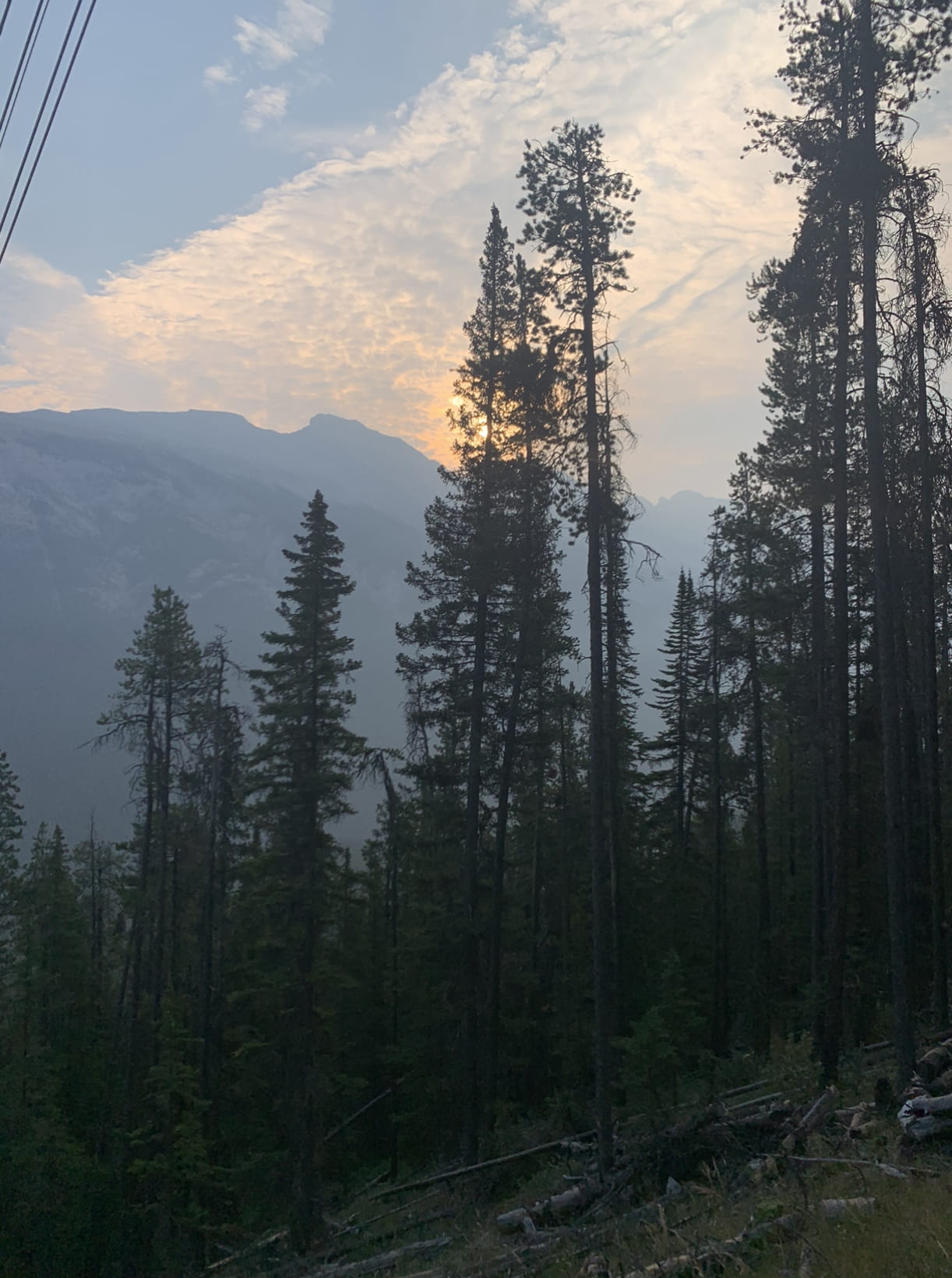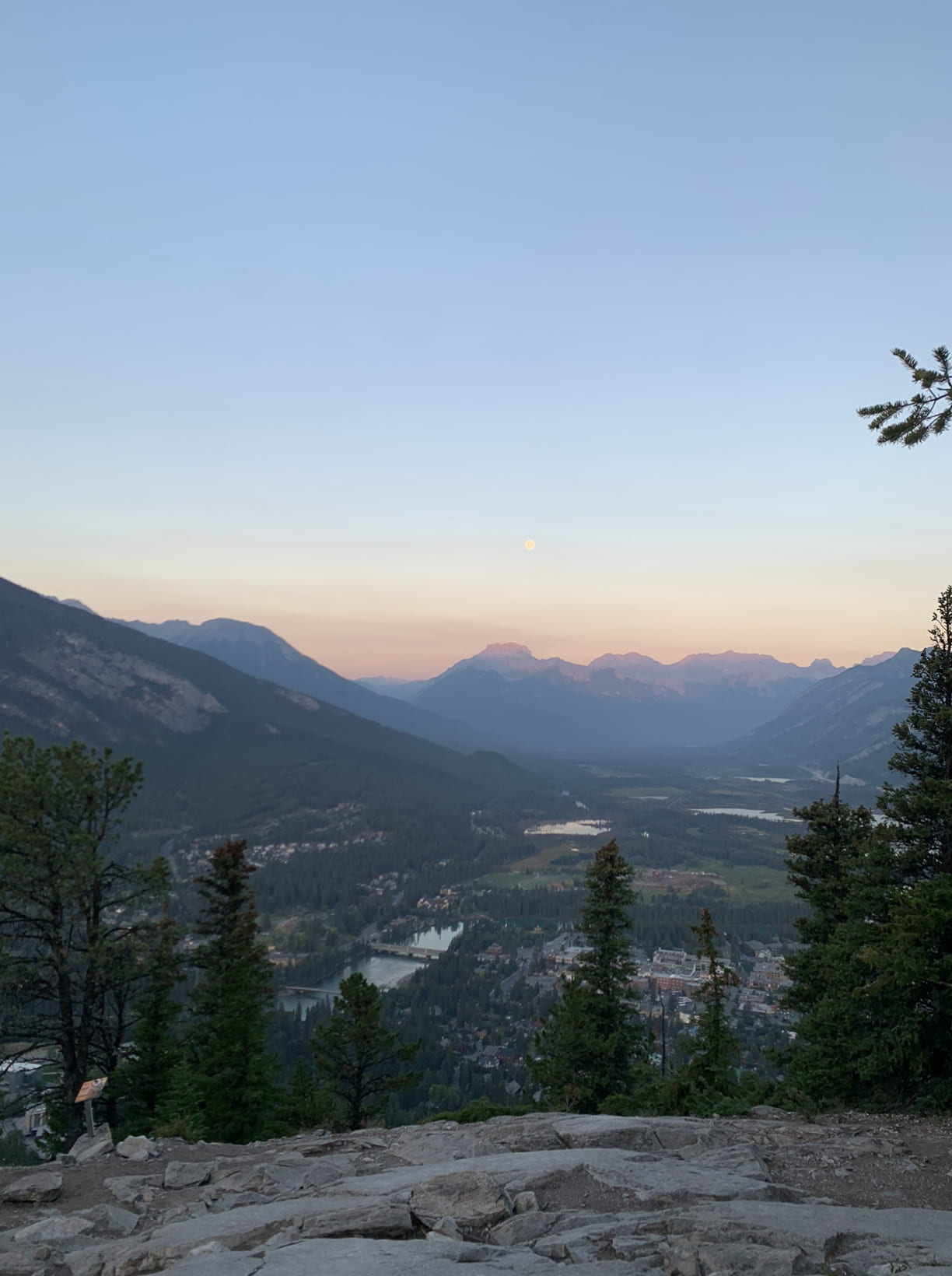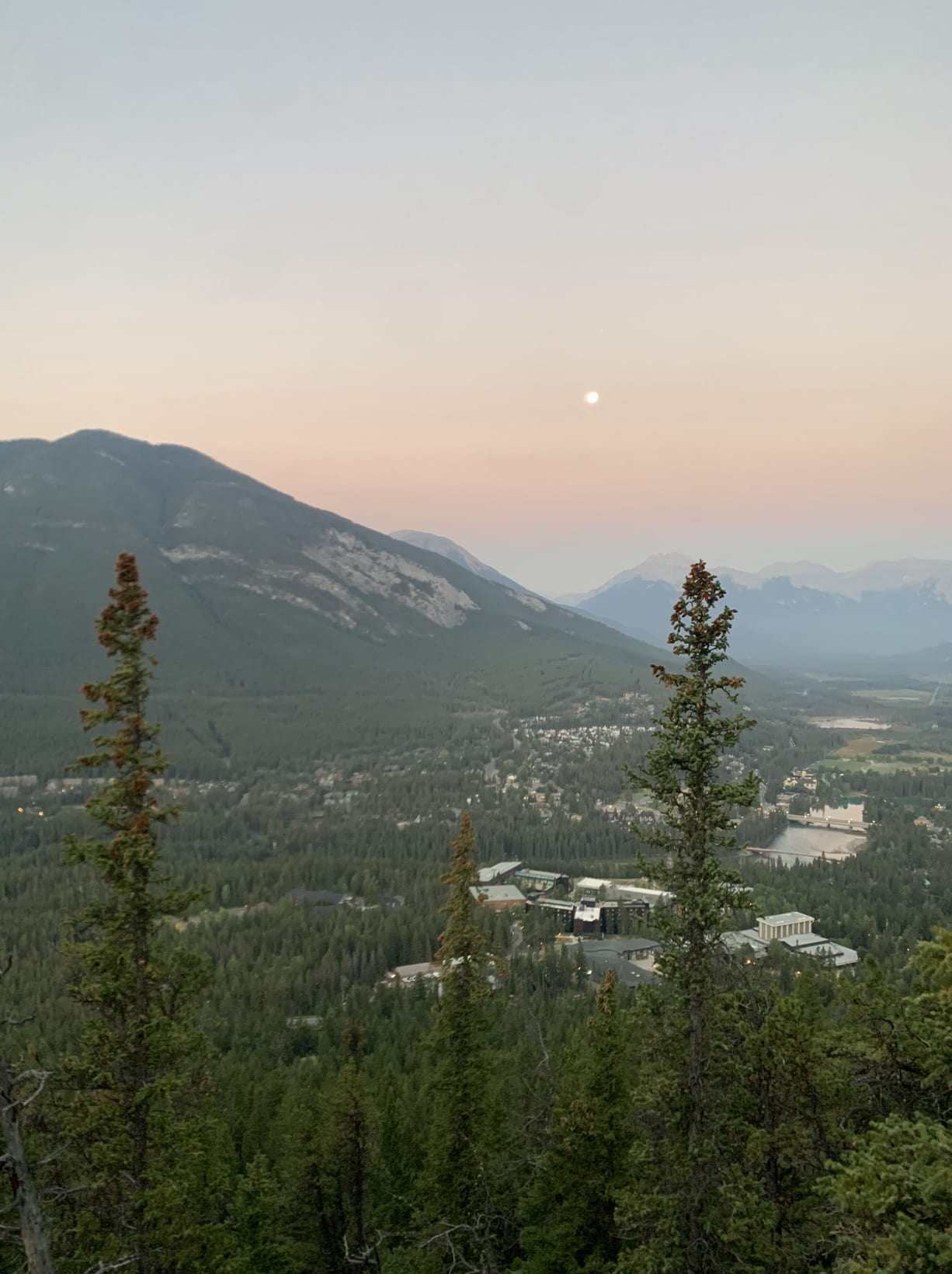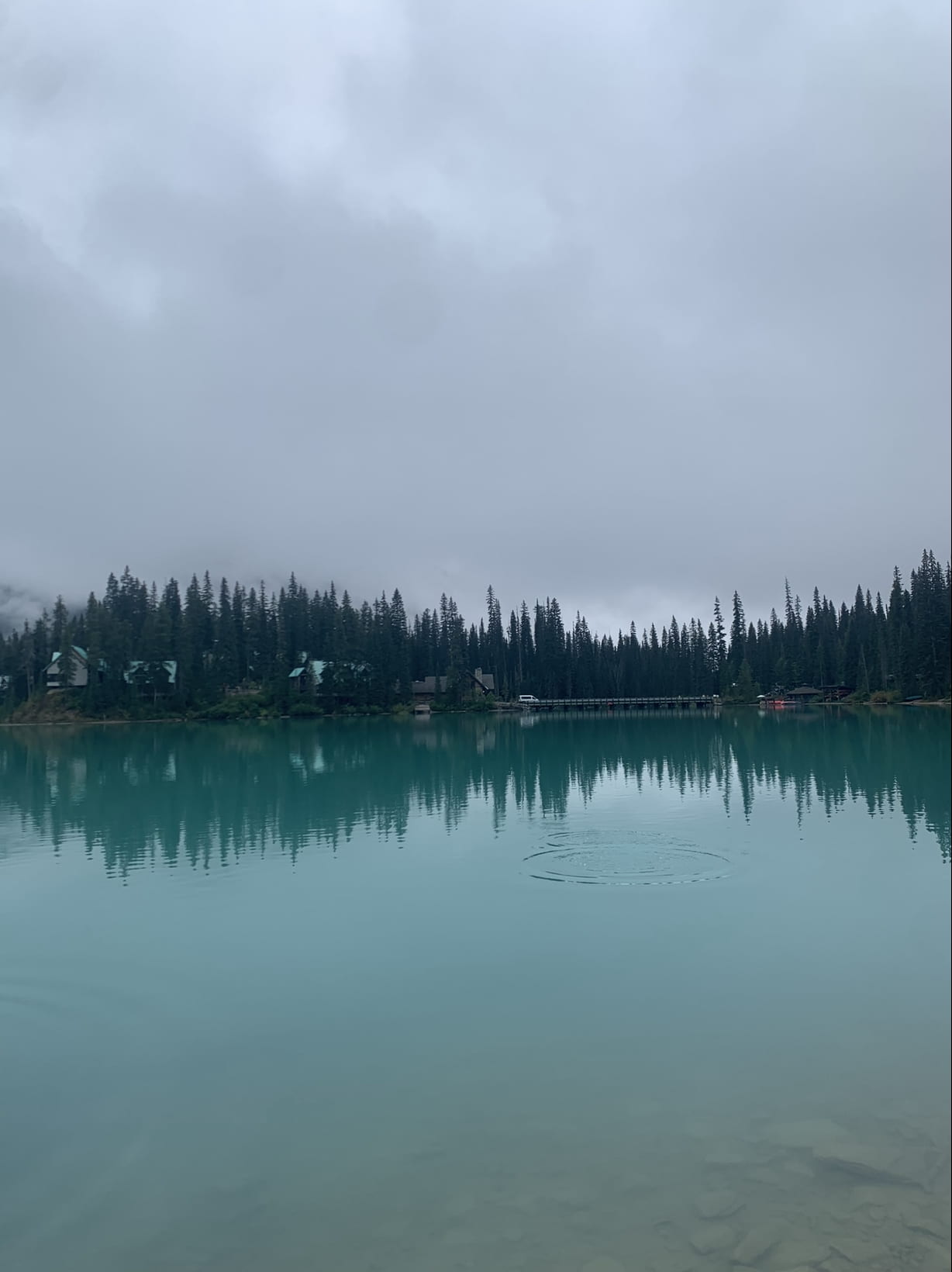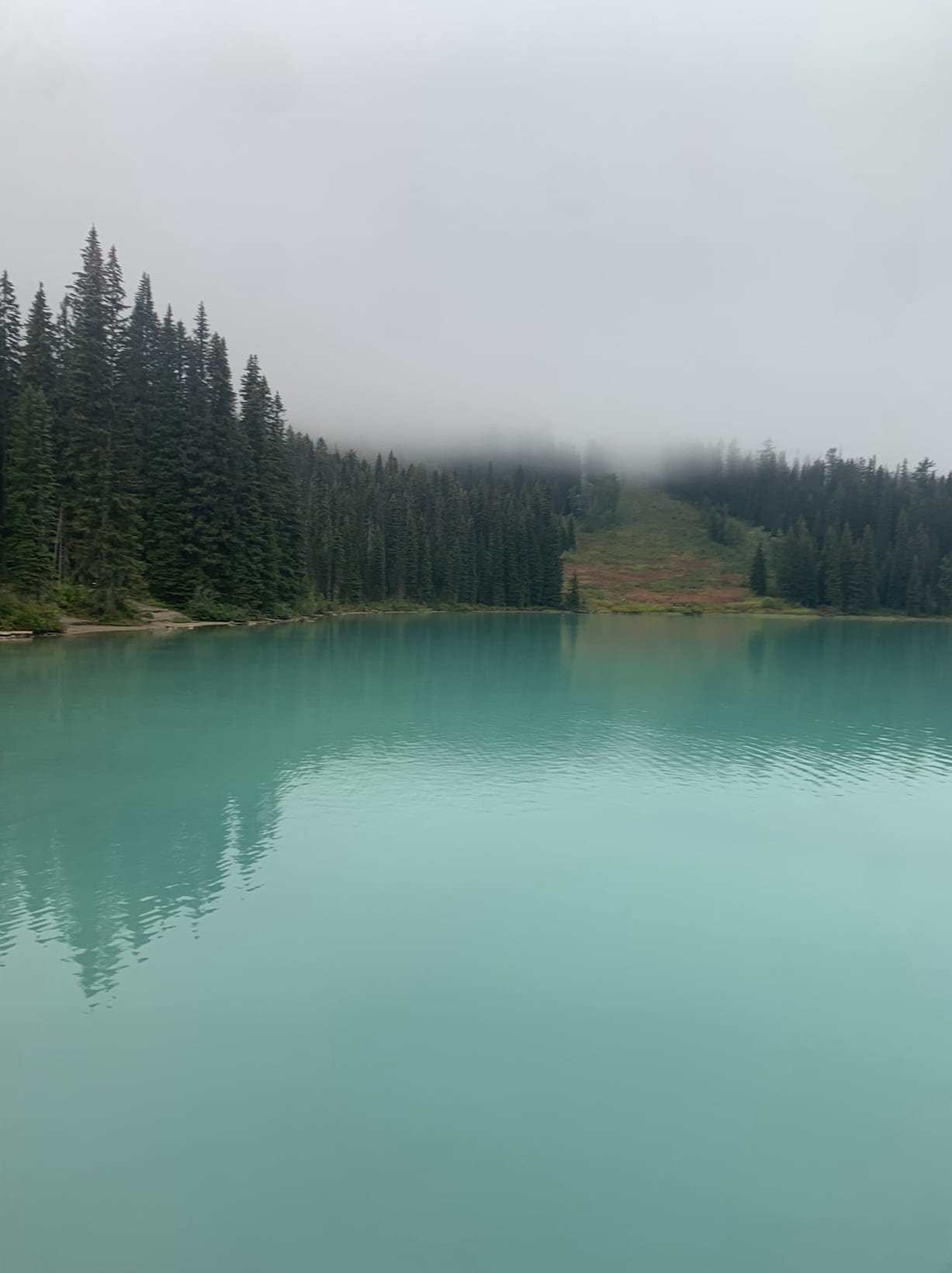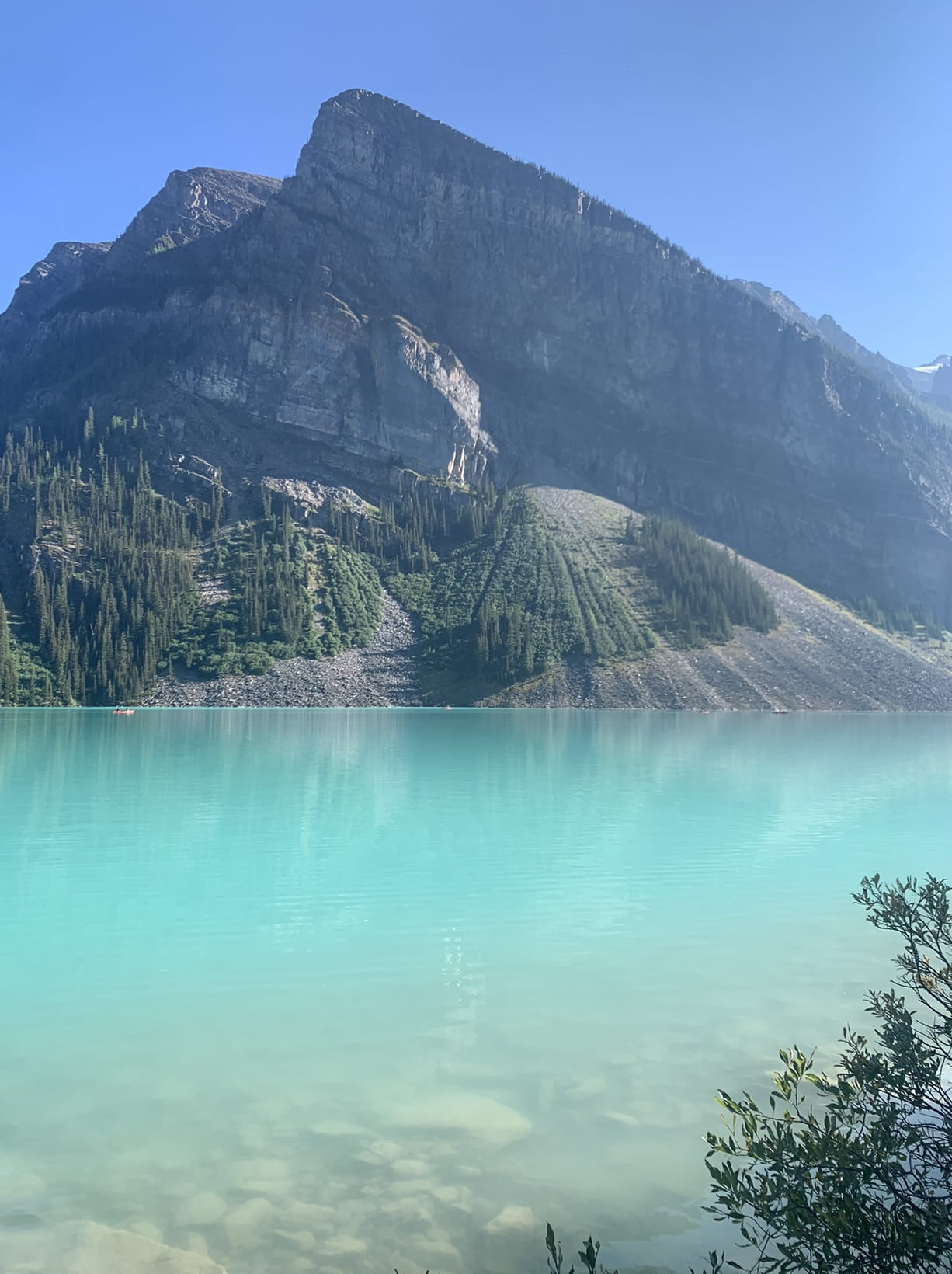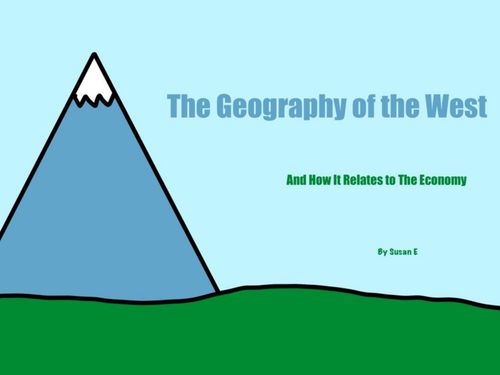Hey guys, welcome back to my blog! Today I will be telling you all about our most recent project in PLP, “Cray Cray, Yay Yay.” The driving question for this project was “Why does it take a “crazy” person to change the world?” Over the course of this project, I researched and gathered lots of evidence to help me attempt to answer the question. Let’s dive in!
One of the first things we did in this project was a mini PechaKucha. For mine, I chose to present and talk about Frank Sinatra and how he changed the world. A PechaKucha is a presentation that contains 20 slides, where you talk about your topic for 20 seconds per slides. For this mini PechaKucha, the goal was to get us accustomed to presenting in this format and reflect on why it takes someone “crazy” to change the world. That’s why this PechaKucha was only 10 slides, not 20.
For my PechaKucha on Frank Sinatra, I think I did a good job. I am especially proud of myself for this one because this assignment was done during the week that I was away in Quebec to cheer my sister in in the International PeeWee Tournament. Normally, when I am away, I end up falling behind and being behind in my work afterwards. This time, though, I made sure to keep up and follow along from Quebec. As soon as I got back from Quebec, I presented my PechaKucha to the class. I’m glad that I managed to buckle down and stay on top of my work, and I think that this shows my growth as a learner.
If you want to see some more from that first mini PechaKucha, I have logged my learning process here.
After our mini PechaKucha, we got put into groups for our final PechaKucha. Since the final product of this project is that big PechaKucha, done in a group of 4. But before we could get to the PechaKucha, we had to pick a theme and research. I was put into a group with Alex, Sofia, and Kadin. We picked the theme “Sustainability Solutions.” This theme revolves around sustainability and how it takes a “crazy” person to help us solve the problem that is our wounded planet. Before we could do anything else, though, it was Seattle time! The class went on a field school to Seattle for a week to gather evidence to help us answer the driving question. Unfortunately, I couldn’t make it to Seattle for various reasons. Luckily, the rest of my group did go.

While the rest of my group was in Seattle, me and a few of the other people who stayed back, including my friends Kira and Brooke, worked on research and essays about “crazy” people who are local to Vancouver. The local “crazy” person that I picked was Bryan Adams. Over the course of the week, I researched about him and found what he has done to help change the world. If you want to see my learning process and final essay from this assignment, click here. Overall, I am proud of this work because I am happy with how my essay turned out. Here is a photo of me with a couple of my friends who didn’t go to Seattle, writing our essays.
Once everyone came back from Seattle, we began to collaboratively work with our groups to begin to aim towards that final PechaKucha. We started by generating some Need to Know questions and then researching and using the information that was gathered in Seattle in order to answer those questions.
Once we had that done, it was time to create a story spine. For this, each member of our group did an individual story spine, and then we worked collaboratively on one big story spine. Here is our story spine:
Once we had our story spine approved, it was time to work on the beginnings of a script for our final PechaKucha. Each member of our group took a few pieces of the story spine to expand on. If you want to see some of that expansion, go here.
After we had this expanded story spine, it was time to create it as a script with sections for each separate slide. Each slide we estimated was about 40-50 words since they are 20 seconds. Once we had these sections, we assigned some slides to each presenter. After that, it was time to pick photos to put for the slides, and finally, time to practice to present!
Unfortunately, due to a conflict with my gymnastics, I was unable to make it to the PechaKucha night to present with my peers. Thankfully, Alex and Sofia were able to pull through and present it well! I’m very glad I got put with a great group who was flexible enough to be able to present even without 2 members of the group. Here are the final slides of our PechaKucha slide deck:
Overall, our PechaKucha went amazing and throughout this project, I managed to keep up on all of my work, and nothing I did was late. I’m super proud of myself for this, as this is something that I have been striving for since grade 9. I’m super happy with how much I’ve improved on my organization and time management as a learner.
If you are interested in seeing our collaborative learning process throughout this project, click here. This is the document where we stored all of our learning.
Thank you for reading!
Susan

